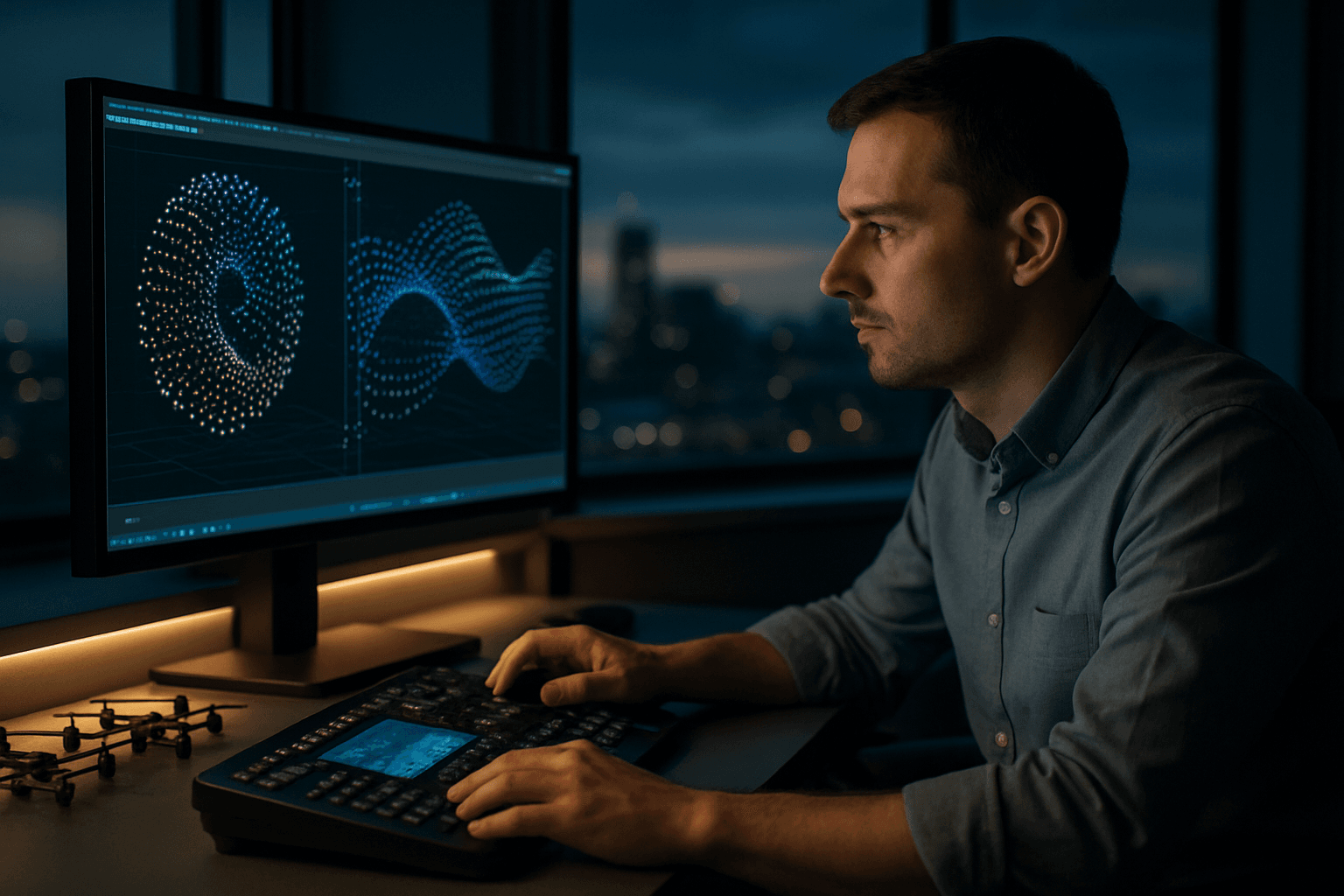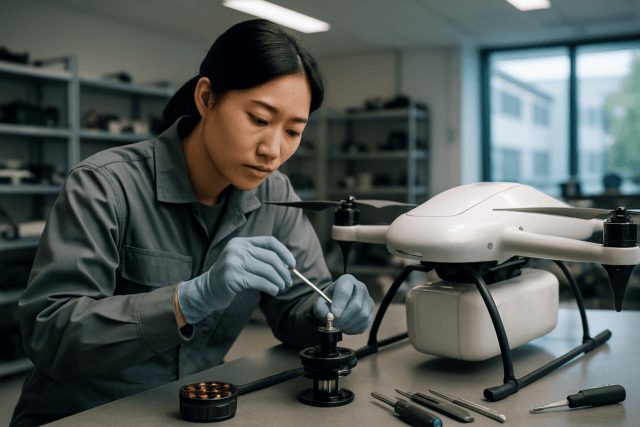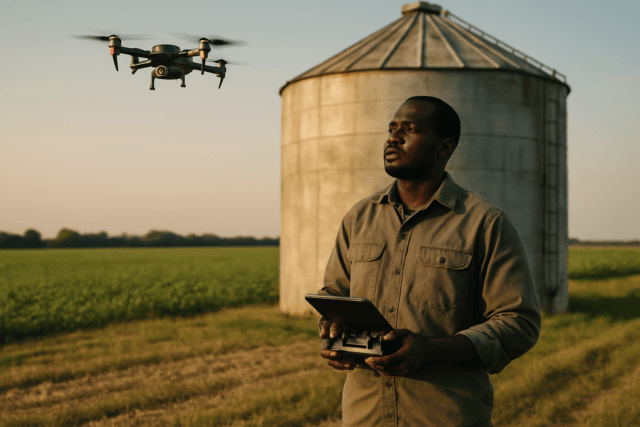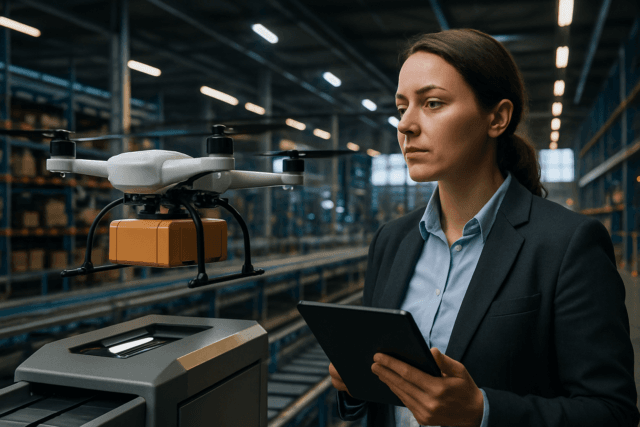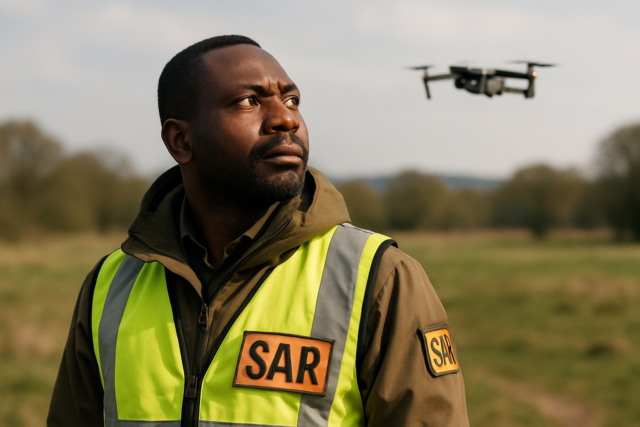Drone light shows have rapidly evolved from niche technological demonstrations into breathtaking spectacles, transforming the night sky into a dynamic canvas of light and motion. These captivating displays, featuring fleets of synchronized, LED-equipped drones, offer a modern and versatile alternative to traditional fireworks. Their creation is a sophisticated blend of cutting-edge technology, meticulous planning, and artistic choreography.
The Core Technology Behind the Spectacle
At the heart of every drone light show lies a complex interplay of specialized hardware and intelligent software that enables hundreds, or even thousands, of drones to fly in perfect unison.
Swarm Intelligence and GPS Precision
The ability of drones to move as a unified “swarm” is fundamental. Each drone is equipped with high-precision positioning systems, often utilizing Real-Time Kinematic (RTK) GPS/GNSS technology, which can provide centimeter-level accuracy. This precision is crucial for maintaining safe distances between drones and executing intricate formations without collisions. While drones follow pre-programmed flight plans, the ground station continuously monitors their navigation, preventing inaccuracies and ensuring exact positioning.
Advanced Software Orchestration
Specialized software is the conductor of the aerial orchestra. Companies like SPH Engineering with their “Drone Show Software” and others like SkyBrush develop platforms that allow designers to transform graphical animations into precise flight commands for each drone. This software calculates collision-free flight paths, optimizes movements, and enables the synchronization of light changes with music or other show elements. The software also includes built-in safety features like geofencing to prevent drones from straying outside designated areas and real-time monitoring of drone status.
Specialized Drone Hardware
The drones themselves are specifically designed for light shows. They are typically smaller and lighter than many other commercial drones, enhancing maneuverability and stability. Key components include:
- LED Lighting System: Full-color LED modules are integrated into each drone, allowing for rapid changes in color and intensity to create mesmerizing visual effects.
- Robust Power System: Drones require batteries capable of a moderate to high discharge rate (20C to 45C) to power both the motors and the bright LEDs effectively throughout the performance. Fast charging capability is also crucial for quick turnarounds between shows.
- Flight Control and Communication Modules: Onboard flight controllers with sensors, GPS modules, and robust communication systems (often using multiple radios on different frequency bands) ensure reliable command reception and data transmission from the ground control station.
From Concept to Choreography: The Planning Phase
Creating a drone light show is a multi-stage process that begins long before the drones take to the sky. Typically, this can take 6-8 weeks from conceptualization to launch.
Creative Design and Animation
The process starts with a creative vision, which is then translated into a storyboard. Designers use advanced 3D animation software to craft the desired images, patterns, shapes, and animations. This involves meticulously mapping out every drone’s position, movement, and light changes to ensure perfect synchronization and a visually cohesive experience.
Flight Path Generation and Simulation
Once the creative design is complete, the software calculates the individual flight paths for each drone. This crucial step ensures that drones maintain safe distances, avoid collisions, and execute the choreography with pinpoint accuracy. The entire show is then run through simulations in a virtual environment, allowing designers and operators to test visuals, choreography, and timing, and make any necessary adjustments before actual flight.
Regulatory Compliance and Safety Protocols
Safety is paramount for drone light shows. Organizers must adhere to strict aviation regulations set by authorities like the Federal Aviation Administration (FAA) in the United States, including obtaining specific licenses for pilots and permits for night flights and flying multiple drones.
Key safety measures include:
- Geofencing: Virtual boundaries are programmed to prevent drones from exiting a designated safe flight area.
- Site Assessments: Detailed evaluations of the show location identify safe zones for spectators (often 500 to 1,000 feet from the launch area) and assess environmental factors like wind speed and visibility.
- Failsafe Systems: Drones are programmed with automated failsafe features, such as safely landing or returning to a designated home location, in the event of technical issues or loss of signal.
- Airspace Coordination: Communication with local air traffic control and adherence to temporary flight restrictions (TFRs) are essential, especially near airports or urban areas.
The Show Unfolds: Execution and Control
On the day of the event, a dedicated team manages the setup and execution to ensure a flawless performance.
Pre-Flight Checks and Setup
Before takeoff, each drone undergoes rigorous pre-flight checks, including battery health, GPS calibration, and overall functionality. Drones are carefully arranged in designated launch zones, and safety barriers are established.
Real-time Monitoring and Failsafes
During the show, a central computer system, operated by certified pilots, continuously communicates with and directs the drone fleet. This system monitors each drone’s status, position, speed, and altitude in real time. In case of any anomalies, the system can intervene immediately, making adjustments or triggering failsafe protocols.
Environmental Considerations
Drone light shows are sensitive to weather conditions. High winds (typically over 20 mph) and rain can impact flight stability and safety, necessitating postponements or cancellations.
The Advantages of Drone Light Shows
Drone light shows offer significant benefits, positioning them as a popular and sustainable alternative to traditional pyrotechnics.
- Environmental Friendliness: Unlike fireworks, drones produce zero emissions, smoke, or debris, significantly reducing air and noise pollution. They are also reusable, contrasting with single-use fireworks.
- Enhanced Safety: Drone shows eliminate the risks of fire, explosions, and injuries associated with fireworks, making them suitable for crowded areas and regions prone to fire hazards.
- Unparalleled Versatility and Customization: Drones can be programmed to create intricate patterns, logos, messages, and complex animations, offering limitless creative possibilities for bespoke events and storytelling.
- Reduced Noise Pollution: The quiet operation of electric drones minimizes disturbance to nearby communities, pets, and wildlife, as well as individuals with sensory sensitivities.
- Cost-Effectiveness (Long-Term): While initial investment can be substantial, drones are reusable, leading to potential long-term cost savings compared to fireworks.
The Future of Aerial Artistry
The future of drone light shows is bright, with continuous advancements in drone technology and software. Innovations are leading to more powerful, agile, and sophisticated drones, enabling even larger-scale and more intricate performances. Integration with technologies like augmented reality and interactive elements could further enhance audience engagement, creating truly immersive and personalized experiences. As environmental and safety considerations increasingly drive public events, drone light shows are poised to become a standard for celebrations and entertainment worldwide.

